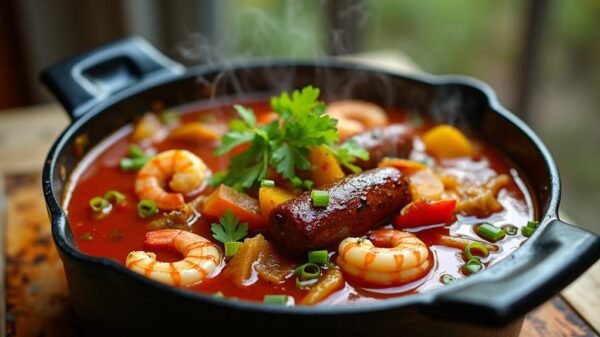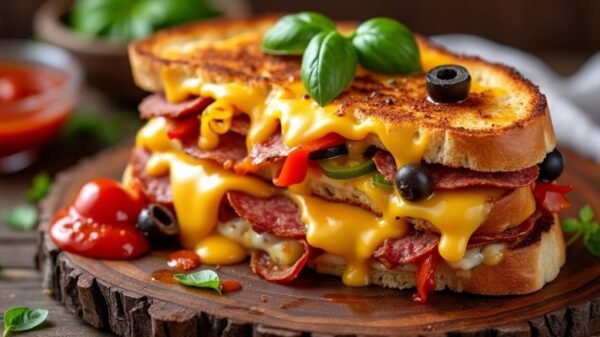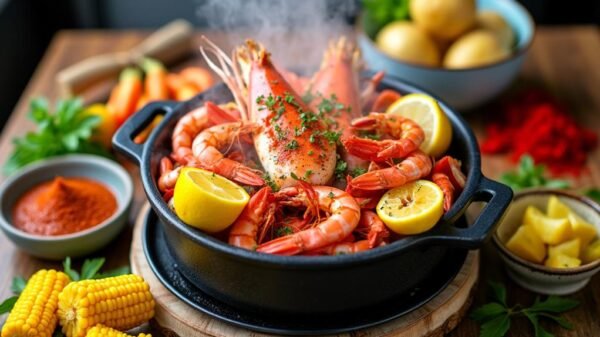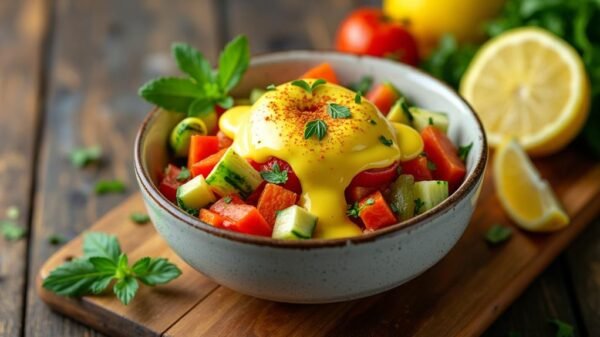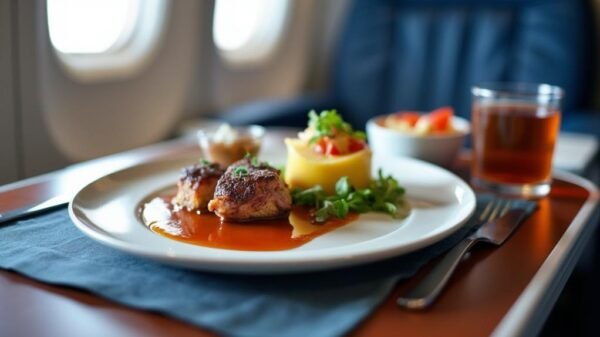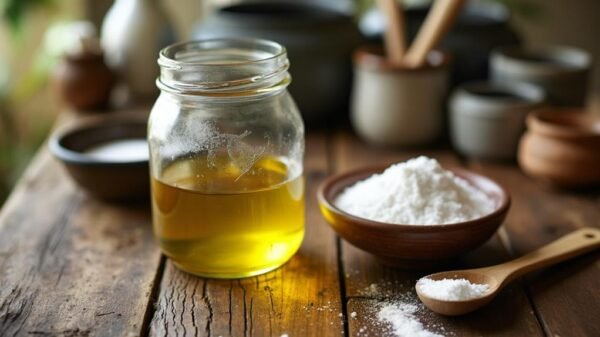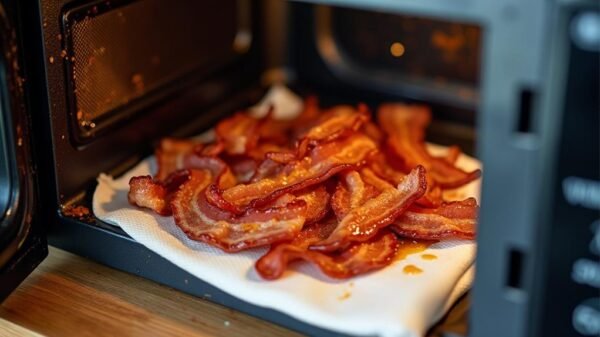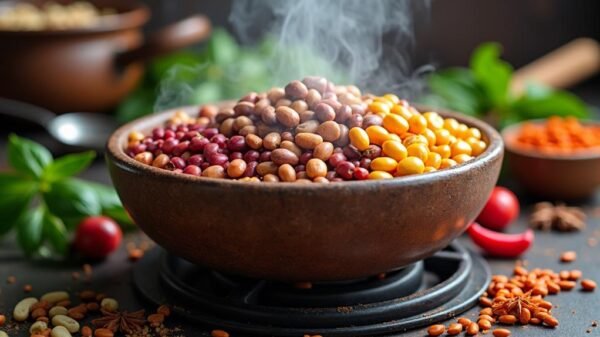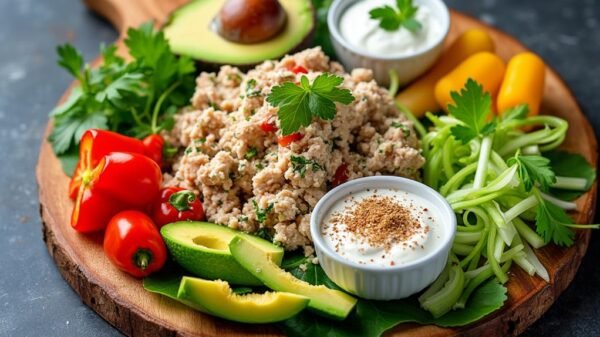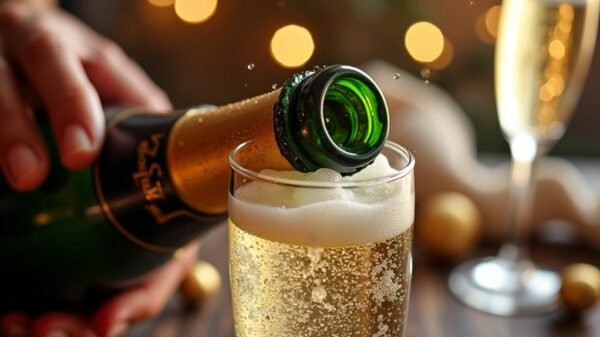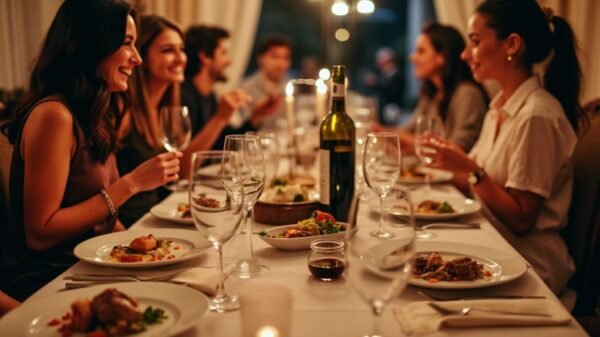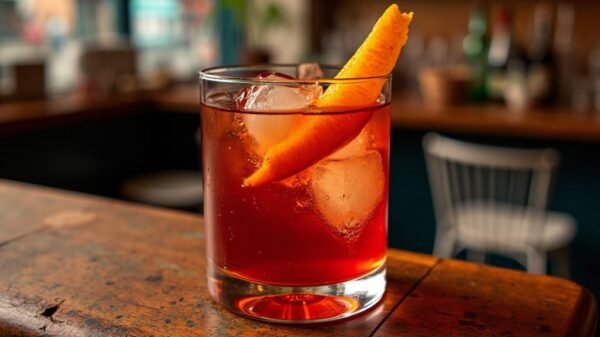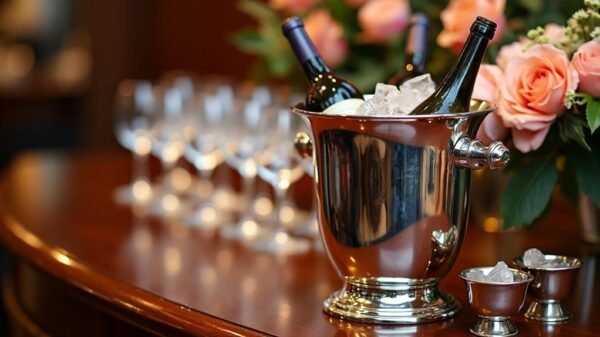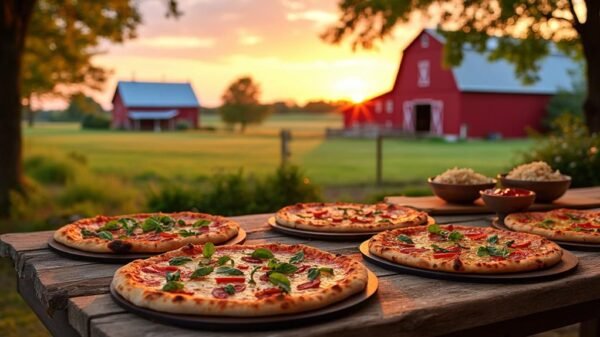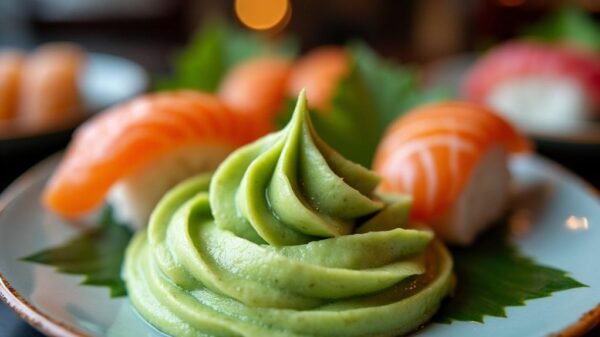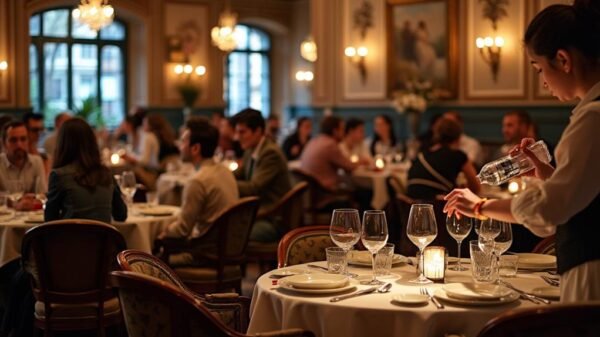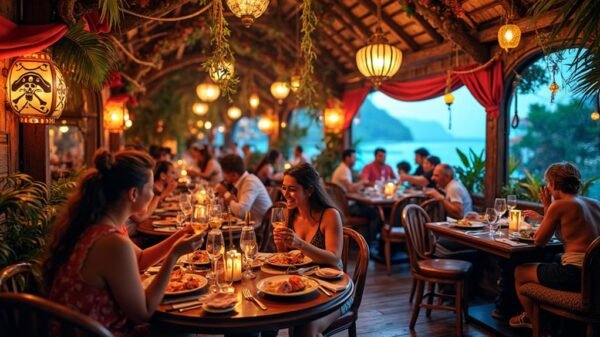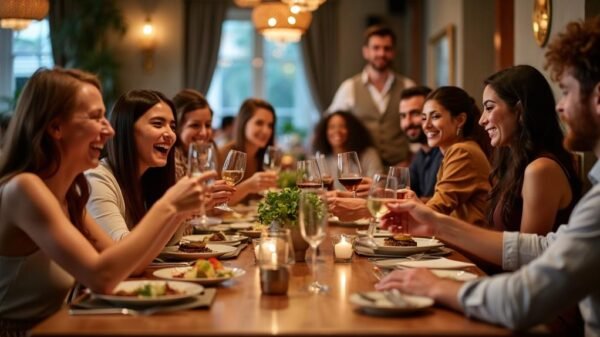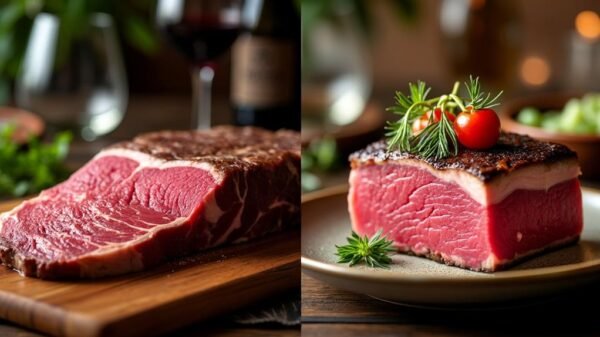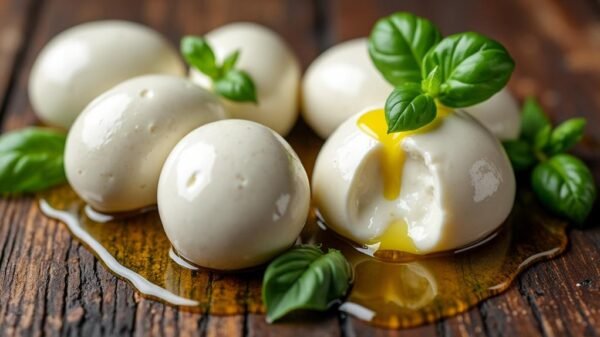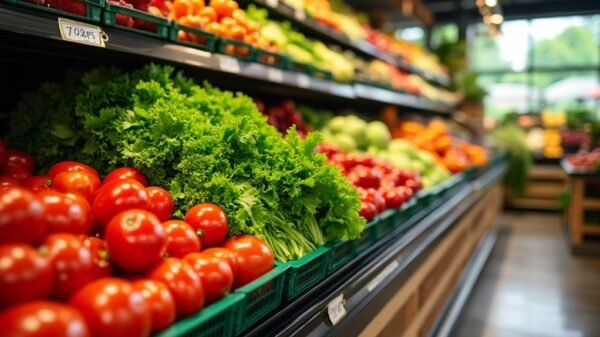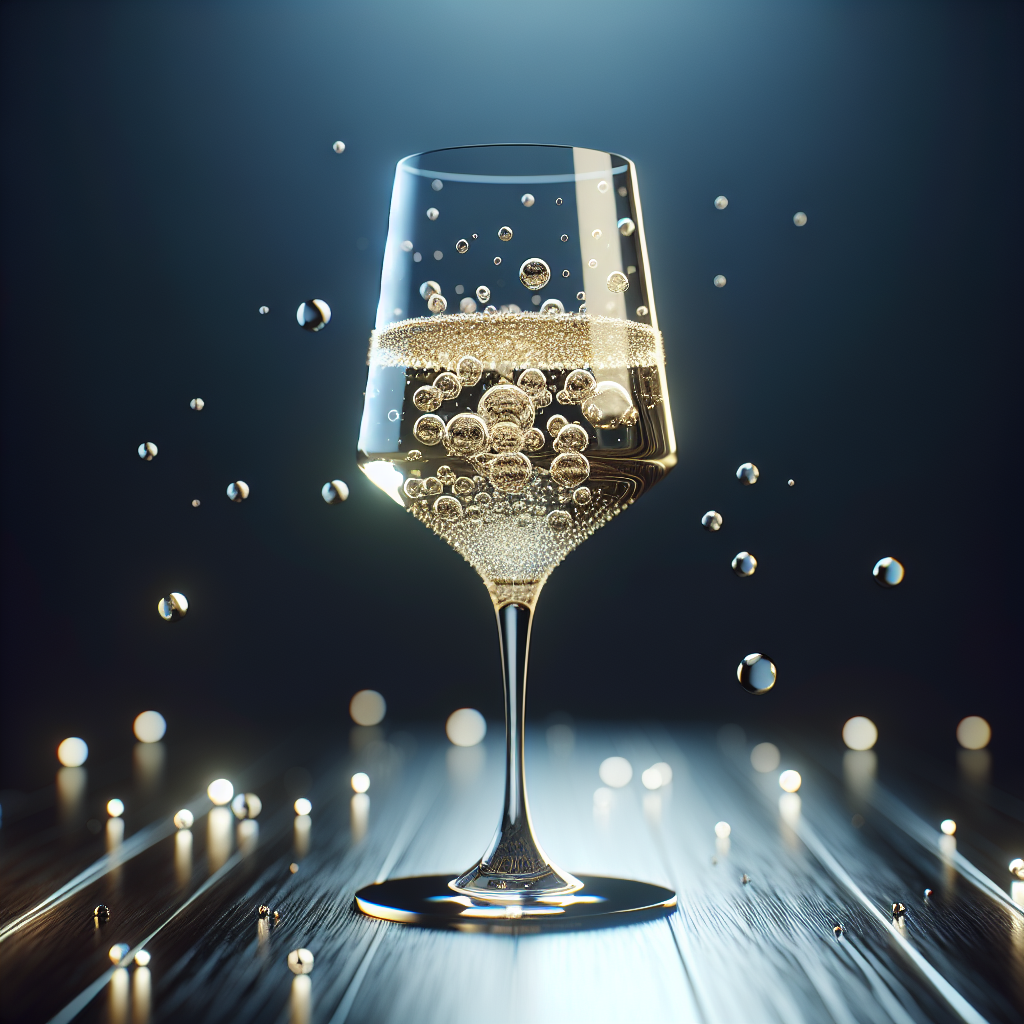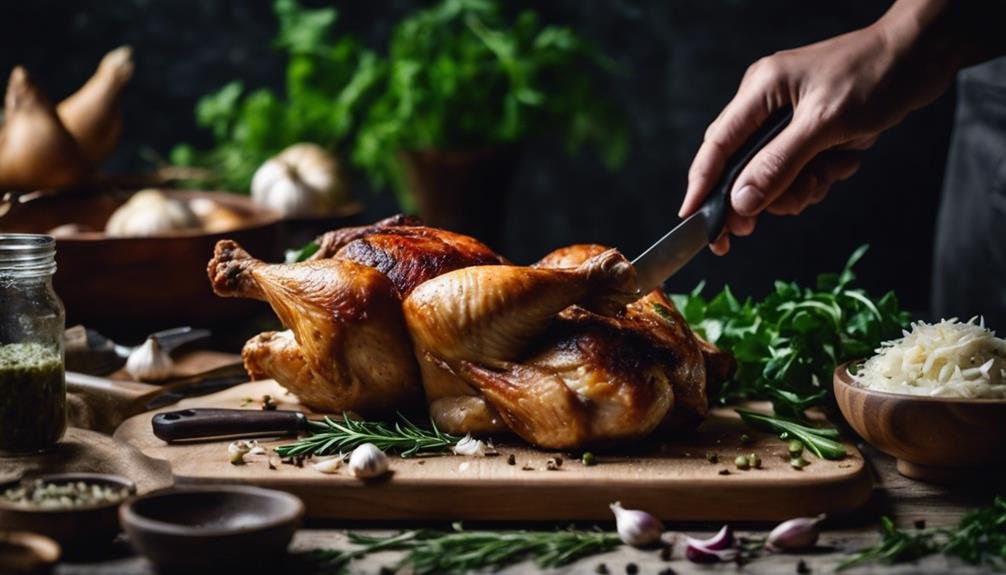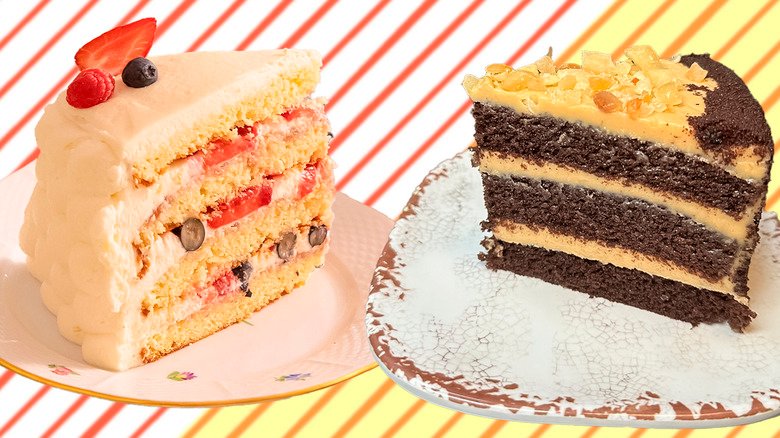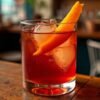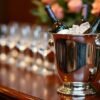How to Keep Your Champagne Bubbling: Tips and Insights
Champagne is often synonymous with celebration, elegance, and joy. The magic of this sparkling wine lies in its bubbles, which enhance its aroma, flavor, and overall experience. However, many enthusiasts find that once poured into a glass, champagne can quickly lose that delightful effervescence. Understanding how to maintain those effervescent bubbles is essential for elevating your champagne-drinking experience.
The Role of Glassware
To keep your champagne bubbling, the choice of glassware plays a critical role. Basic glass shapes such as the champagne coupe, which is wide and shallow, can lead to a rapid escape of carbonation. This design exposes more surface area to air, allowing the bubbles to dissipate quickly.
In contrast, champagne flutes are a more preferred option due to their tall, narrow shape, which helps concentrate the bubbles. However, they may not be optimal for showcasing all the aromatic compounds present in champagne. For the best of both worlds, the champagne tulip glass emerges as the ideal choice. Its shape allows for both the concentration of bubbles and an amplified display of aromas from the champagne.
If you want to take it a step further, consider using etched glassware. The etching creates small surfaces within the glass for carbonation bubbles to cling to, allowing them to travel back into the liquid. This texture effectively helps maintain carbonation longer, as it encourages bubbles to rise and burst, releasing valuable aromas and flavor profiles.
Temperature Matters
The temperature at which champagne is served can significantly impact its effervescence. Champagne is best enjoyed at around 54 degrees Fahrenheit. Serving it much warmer can lead to quicker loss of bubbles. This is why serving it in an insulated cooler or using chilling techniques, such as an ice bath, is often recommended.
Another common mistake is holding the glass in a way that warms the wine. The warmth from your hands can inadvertently affect the temperature of the champagne inside the glass. For this reason, using a stemmed glass is advantageous. The longer stem reduces the interference of heat from your hand, allowing the champagne to maintain its coolness and bubbly charm.
Factors at Play After Pouring
Once champagne is poured, several factors can influence how long it retains its bubbles. Pressure from a well-sealed cork keeps champagne sparkling inside the bottle, sometimes for decades. But once opened, exposure to air can cause carbon dioxide to escape, resulting in flat champagne.
It is advisable to re-cork any remaining champagne with a proper champagne stopper designed to maintain pressure. These stoppers create a seal that can help sluggishly retain carbonation, although it’s important to drink the remaining champagne within a day or two for optimal taste and effervescence.
Other Considerations
Aside from glass choice and serving temperature, certain practices can prolong the life of your champagne’s bubbles. For instance, pouring champagne slowly down the side of the glass can minimize foam and promote a gradual release of carbon dioxide.
Additionally, you might want to incorporate ice cubes, but this practice is often frowned upon among purists. While this method does lower the temperature and potentially prolong carbonation, it may dilute the flavors. Consider chilled stones as an alternative if you prefer a chilled drink without further altering the taste.
The Importance of Enjoyment
Ultimately, the key to savoring champagne lies in the experience. By understanding how glassware, temperature, and storage methods interact to maintain bubbly effervescence, you enhance your tasting experience. Whether you’re celebrating a special occasion or simply enjoying a glass after a long day, knowing how to keep your champagne bubbly transforms your enjoyment.
Maintaining the effervescence of champagne is a blend of art and science. With these tips in mind, indulge in your sparkling wine and relish every delightful bubble.



